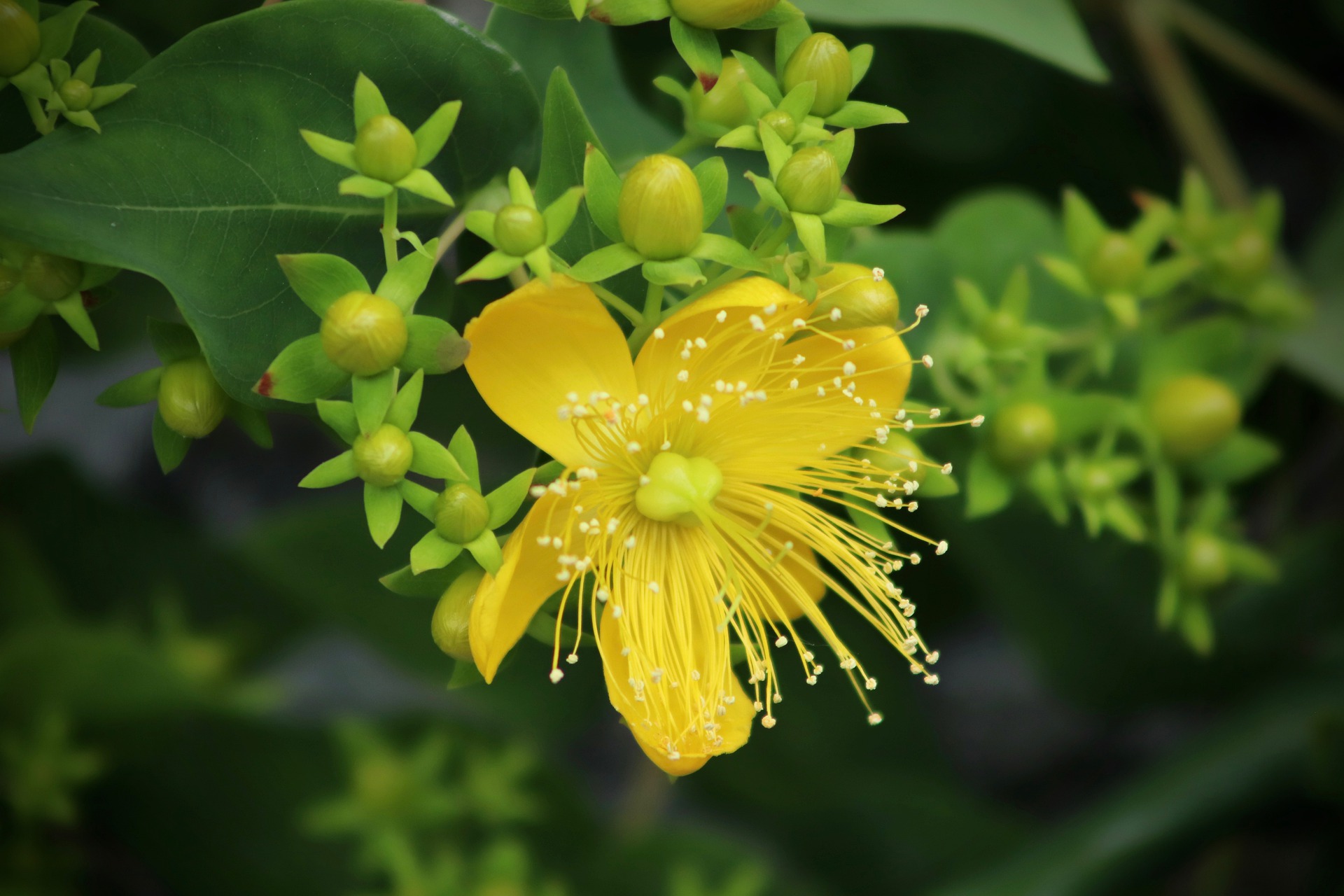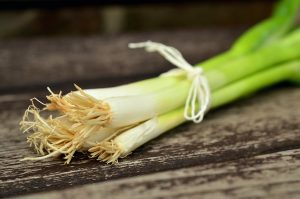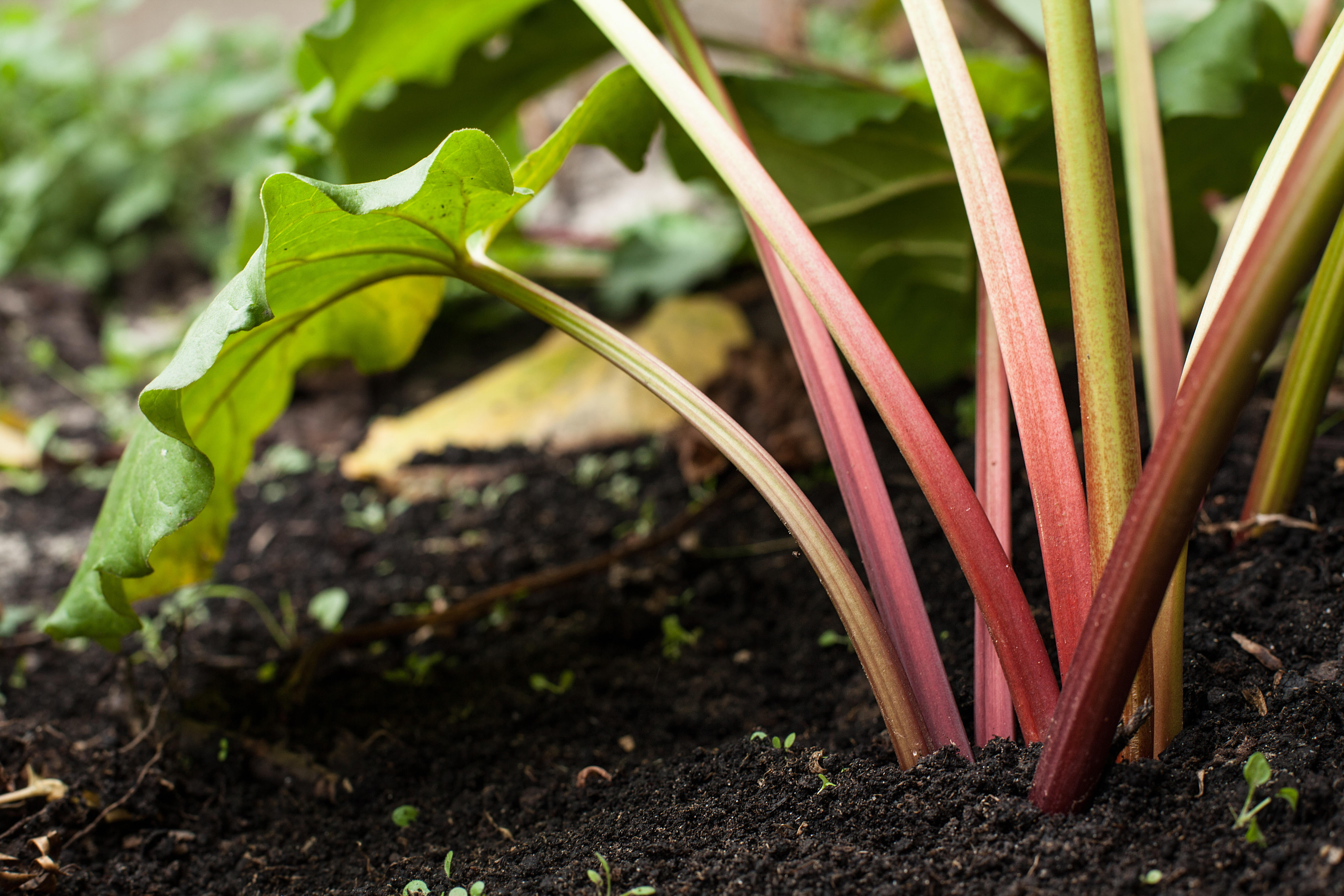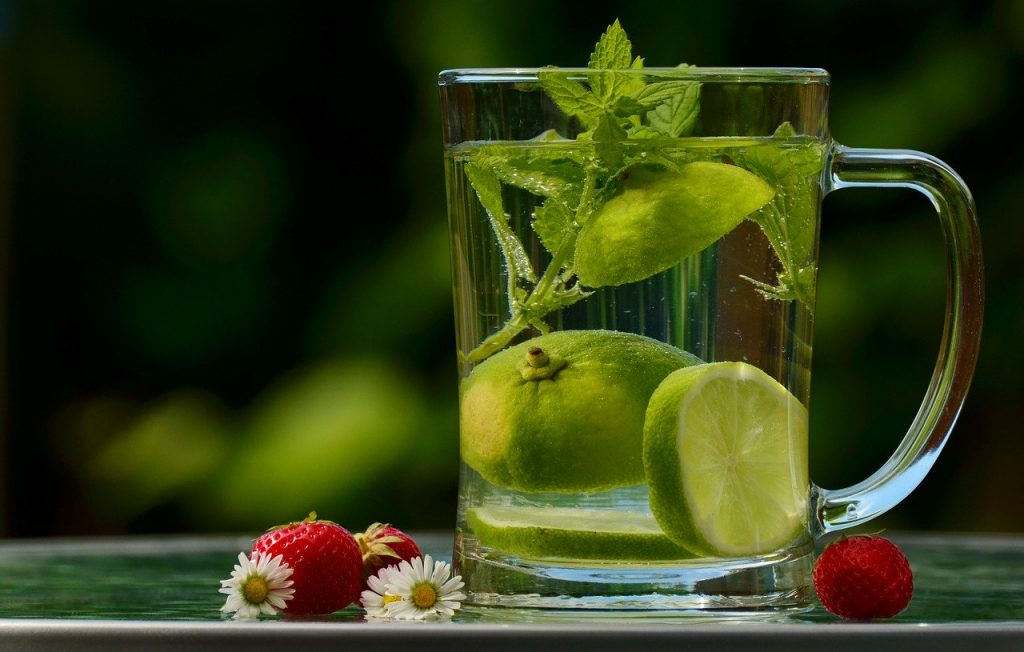Plant therapy – it might sound like a new fad, but in fact, the practice is ancient. Engaging with plants can have a relaxing, peaceful effect on many people.
For individuals struggling with mental illness and depression, plants can help to generate positive emotions and help people to find meaning in their lives. Reaching all the way back to known examples in Mesopotamia, plant therapy can work wonders in ways you might not initially expect.
Definition of Plant Therapy
Anyone who works in their garden will likely tell you about the benefits of getting their hands dirty, watching plants grow, and connecting with their environment. Plant therapy is absolutely related to these understandings, though the clinical practice is a bit different.
The American Horticultural Therapy Association defines this type of therapy as “the engagement of a person in gardening and plant-based activities, facilitated by a trained therapist, to achieve specific therapeutic treatment goals.”
The official Horticulture Therapy website goes on to list three foundational principles of the practice:
- Quality of life is related to the relationship between people and plants
- Curiosity and attraction to nature are inherent human qualities
- Individuals respond positively to green plants and colorful flowers
Plant Therapy and Mental Illness
Dr. Benjamin Rush, considered the “Father of Psychiatry” (and also a signee of the declaration of independence) was one of the first modern physicians to explore the benefits of using plant therapy to help treat people living with mental illness. He documented the ways working in the garden had positive effects on a number of individuals.

Plant therapy became increasingly popular from a clinical perspective with efforts to rehabilitate war veterans in the mid-twentieth century. Today, it is recognized as having potential positive effects on memory, language skills, socialization, and brain cognition. Physically, it can help with balance, stamina, muscle strength, and coordination. Gardening and plant therapy activities can also help initiate skills in problem-solving, independence and collaboration.
Ultimately, plant therapy can be used for much broader groups than just those of us struggling with mental illness. There are even examples of plants being used to shorten necessary hospital stays. Plant therapy has spread to places like correctional facilities, hospice programs, substance abuse programs, schools, and botanical gardens to name a few.
Ways to Incorporate Plant Therapy Into Your Life
Perhaps you’re not feeling ready to seek out a certified horticultural therapist. Maybe you’re looking to start with some simple steps to see if working with plants might have positive effects on your life. Just as there are so many plants in the word that you can learn about, there are so many easy ways to incorporate elements of plant therapy into your life. You’ll reap the benefits for doing so. Here are some ideas to get started:
Go for a Walk
Often, the first step is the hardest, but you can do it. Your mind and body will thank you. Try going for a walk. Start short if you have to. Nature trails can work wonders for your mental and physical health. If you live in a city and nature isn’t quite at your fingertips, botanical gardens can be an amazing place to explore. Often, they will have sections of the garden designed with clinical plant therapy in mind. You might even stumble upon some delightful exotic plants that you wouldn’t otherwise see.
Get Some Houseplants
This might feel too minimal, but maintaining some strategically placed house plants can do a lot for creating a positive home environment. Experts recommend you branch out from just cactus and succulents and dive into some bigger leafy plants. There are plenty of species that are hardy for those of us who are intimated by the prospect of keeping a plant alive. Try snake plants or spider plants – both are resilient and low-maintenance. Plus, they help freshen the air around you. Remember – keeping plants alive can be as simple as paying attention.

Try Container Gardening
You may not have the yard space to build epic raised beds, but as it turns out, you don’t need that at all. Container gardening can be a great option whether you’re living on the fifth floor of a busy apartment complex or just not ready to dig in the ground.
Local nurseries should have a variety of pots and containers to choose from. Try planting some herbs in your kitchen window or setting up a hanging pot outside your back door. Container gardens can be as big or as small as they need to be depending on what you’re able to do.
Containers can also be an exciting opportunity to experiment. You can set up plant displays so that the plants grow upside down. You can poke holes in the bottom of coffee ground pots, or use a bucket from home depot.
Volunteer at a Community Garden or Rent a Garden Plot for a Summer
If container gardening is as fun as you imagined, you’re ready for the next step. Try exploring volunteer opportunities at a community garden or even renting an allotment for the season. Plant therapy takes many forms.
Getting your hands dirty and watching tomato plants grow in a community environment is magic. Often, renting an allotment is a fairly low-stakes commitment. You pay a one-time fee to use the space for the year and you’re able to use that space to grow plants and expand your gardening skill set.
Before you know it, you could be well on your way to becoming a practicing plant therapist yourself.




















0 Comments